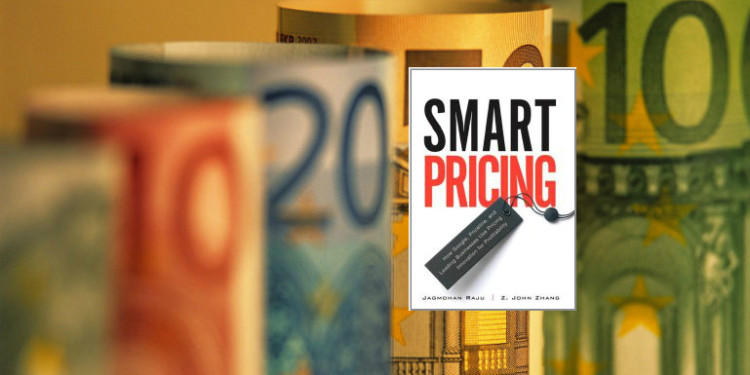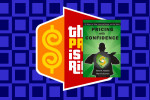Smart Pricing

There are many alternatives to cost-plus, competitor-based, and customer based pricing. To find the right option, match your customer’s needs to the pricing approach.
Smart Pricing by Jagmohan Raju and Z. John Zhang
Alternative pricing models
The nine pricing models in this book span the spectrum from free through variable all the way to premium. This book is a great resource for expanding your view of various pricing types and how each can work. Pricing should be designed with your customer in mind, just as all other aspects of your product or service. The way your customer buys and how they think about value should inform and guide your choice of pricing models the same way as their business needs should drive the overall design of your product.
The authors point out that psychology plays a key role in pricing. In the case of “pay as you wish”, the social pressure to do the right thing comes into play as customers are often reluctant to take advantage of no set price. Likewise, premium pricing often works because of the exclusivity it confers on purchasers.
The book suggests using business context to drive pricing decisions. For example, customer-centric profitability analysis is highlighted as an important consideration in effective pricing, marketing, and merchandising decisions. Zhang and Raju give an example of a grocery store in which profitability analysis of individual offerings such as meat and produce may lead to a conclusion that meat, for instance, is more profitable, but taking a cutomer-centric view might lead to the conclusion that it’s the produce that brings the customers in. Therefore, the store owner shouldn’t focus their pricing and merchandising decisions solely on single product categories like meat.
Pay as you wish
In this model, customers pay different amounts based on their own evaluation of the product or service. Music, books, and restaurants are examples in the book of successful uses of this approach. The authors point out that this pricing model can serve to establish different tiers of demand for the same product. For example, charities and non-profits are essentially “pay as you wish” organizations and are able to create many different tiers of payment. Five factors are important for this pricing strategy to work: 1) a product with a low marginal cost; 2) a fair-minded customer; 3) a product that can be sold credibly at a wide range of prices; 4) a strong relationship between buyer and seller; and 5) a very competitive marketplace.
Free
This pricing model is typically based on a two-sided market, where one party pays and the other does not (or pays less). In the case of Google, consumers do not pay for search services, but advertisers do pay for ad placement. Of course, in any free pricing situation, there are costs somewhere so somebody is paying. The authors give some suggestions for combining free and paid elements to create compelling services.
Price Wars
The authors focus on this strategy popular with Chinese companies.
Micro Pricing
Raju and Zhang discuss fractional ownership of condominiums and jets.
Automatic Markdowns
Automatic markdowns are popular with clothing stores in which a set of articles is progressively discounted over a standard time period.
Name your own price
This type of pricing, made famous by the Radiohead when they offered an album online for a buyer-specified price, relies largely on the altruism of buyers.
Subscriptions
As a recurring revenue stream, subscriptions are an advantageous pricing strategy. The authors cite examples like Amazon’s grocery delivery service which used a subscription model for what is traditionally a set price or commodity exchange.
Premium Pricing
The price of condos in a luxury skyscraper is set high to create a barrier of exclusivity in which the buyer is not paying for product or service itself, but the for exclusivity that it confers. Being able to choose one’s neighbors is one of the benefits of high priced condos.
Pay if it works
In this case, payment is made only if the product or service delivers a specified result. The authors cite a pharmaceutical example, Johnson & Johnson, where the drug manufacturer offered a full refund to patients whose symptoms did not decrease by a specified amount. The authors argue that “pay if it works” allows the seller to move the conversation to a value based discussion rather than justification of cost. This is also a common pricing approach in professional services such as legal (personal injury lawyers).
In these videos, author John Zhang discusses some recent trends in pricing:







